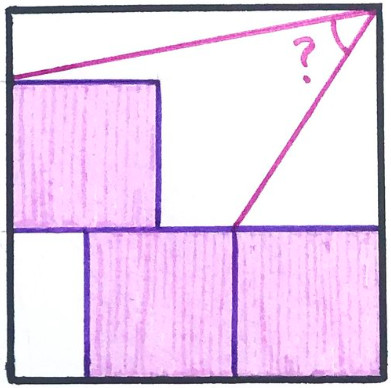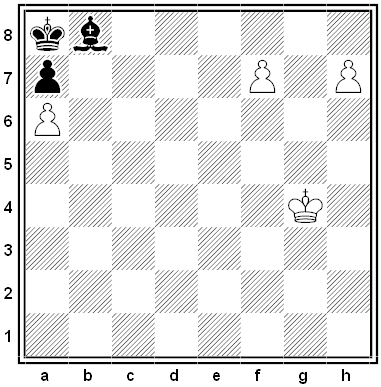Lady Kent articled with Sir Edward Herbert that he should come to her when she sent for him; and stay with her as long as she would have him, to which he set his hand; then he articled with her that he should go away when he pleased, and stay away as long as he pleased, to which she set her hand. This is the epitome of all the contracts in the world.
— John Selden, Table Talk, 1689




